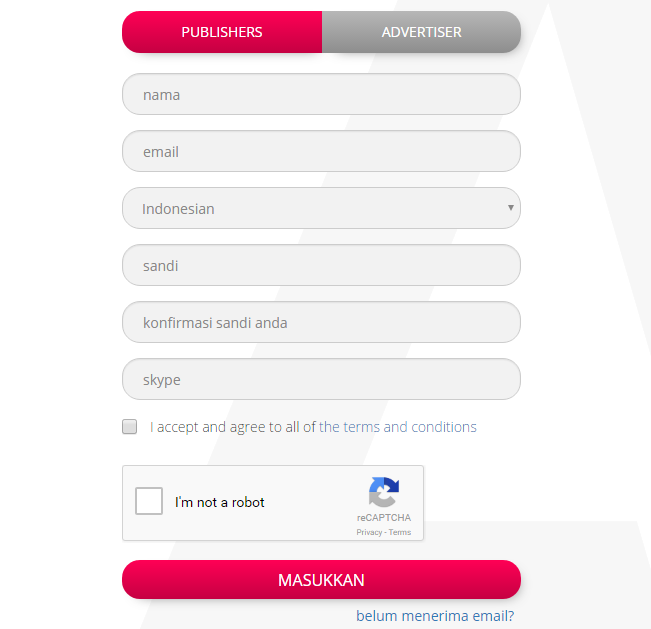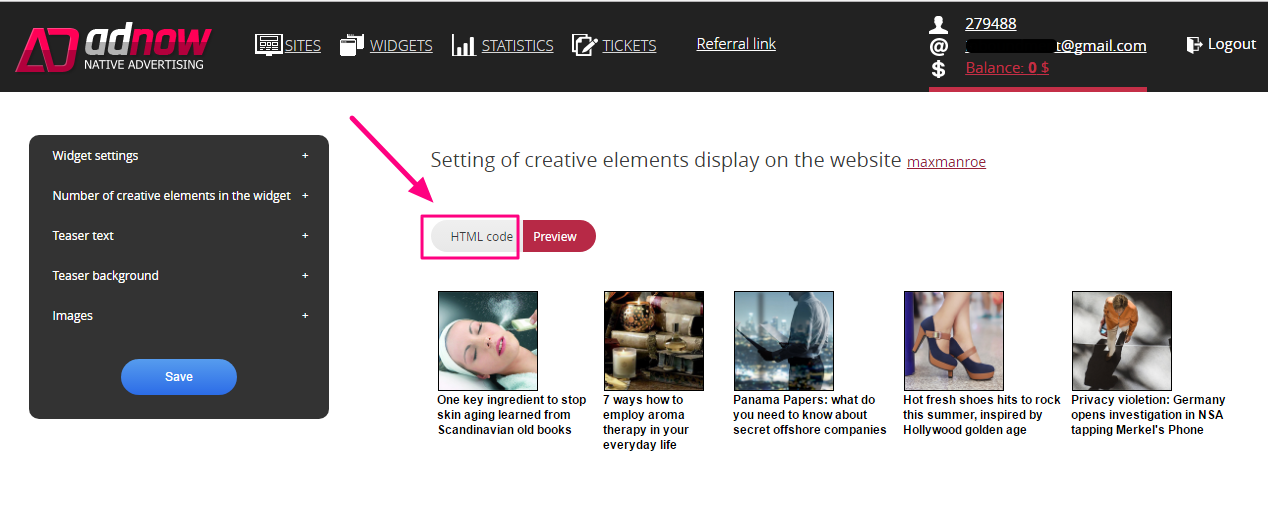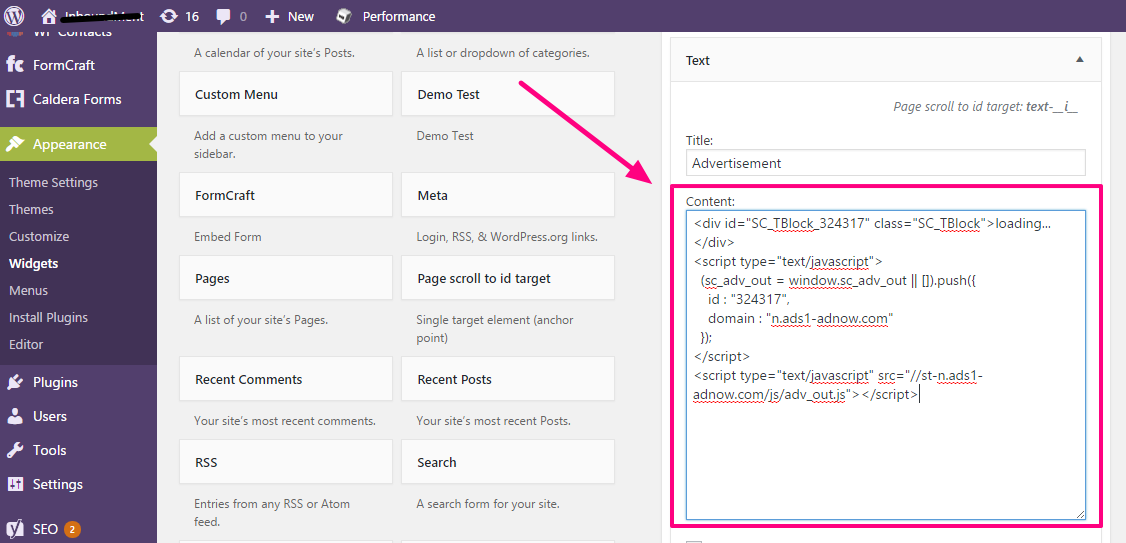√ 5 Simple Beginning Steps Using Native Advertising Adnow

Adnow Ads Review - Today, traditional advertising methods such as banner ads are no longer effective. Millennial generations are used to ignoring ads that are too selling, and they even avoid using ad blocker . Understanding that, many advertisers and bloggers have turned to a new method called native advertising (native ads).
Native advertising
is an advertising method that "disguises" itself in the form of content
commonly consumed by your target market like articles and videos.
These types of ads typically prioritize serving content that is
attractive to the target market rather than just talking about the
product itself.
Examples and Benefits of Native Advertising
Advertorial articles in the online media is one example of the type of native advertising commonly encountered. Another example is an ad on Facebook in the form of a status post and appears on the timeline page.
When viewed, both ads have almost identical (disguised) content formats
like other non-advertisement content in their respective platforms
making it harder to block ad blockers .
Thanks to the format that resembles non-advertisement content, the
percentage of visitors who click and read the native ads is also getting
bigger. Not only that, if the content of these native ads is really useful, readers can share that content with their friends. Generally, content from native advertising generates 32% more share than banner / banner ads.
The more the number of shares, the more the number of readers on the blog.
The bloggers will also get more income thanks to the effectiveness of
native ads, and advertisers are increasingly happy because the ad
managed to reach a broader target market.
In order to achieve this, the bloggers should pair the native ads with the right platform. The native advertising platform we recommend is Adnow .
Why Adnow?
For the uninitiated, Adnow is a platform that connects advertiser and
publisher so that both can do native advertising campaign effectively
and efficiently. Adnow will help distribute advertiser-made native ads to many publishers according to specified target market.
That way, bloggers no longer have to bother looking for advertisers who
want to install native ads, because it has been taken care of by Adnow.
The company was formed by a team that has been in the digital advertising world for over 10 years.
They also managed to create unique algorithms that help advertisers and
publishers deliver native ads that are highly relevant to the target
market.
To date, Adnow has worked with more than 190,000 partners, generating
over 4.2 billion ad impressions each month in 110 countries.
Similar to Google AdSense, Adnow also implements a payment system for
bloggers based on PPC performance (pay per click) and CPM (cost per
impression). All the data can be seen on the dashboard Adnow in real-time.
Interestingly, Adnow can work together with Google AdSense . So, bloggers can earn more revenue by applying both at once if desired.
All ads installed by Adnow have also been past moderation, so bloggers
do not have to worry about malicious ad content that contains viruses.
Are you ready to get more earnings by using native advertising with Adnow?
Let's follow these five simple steps:
1. Register As Publisher on Adnow Website


First of all, go to the Adnow registration page here . Then fill in your name, email, language, password and Skype ID (optional) on the online signup form.
Once the form is submitted, Adnow will send a verification email to your email. Open the email then click the verification link sent by Adnow. You can now log in to your Dashboard Adnow account.
2. Inserting Blog In Dashboard Adnow

Dashboard Adnow
After logging in, you will go to the blank dashboard of Adnow page.
Please click the Add site button at the top right and enter your blog
data consisting of blog name, URL, blog language, and monthly traffic.
After that will appear a message about a number of prohibitions for
bloggers like doing a lot of manual clicks on natively installed ads. Please check your approval and click OK.
At this stage, you need to wait for moderation whether the site is allowed to log into the Adnow network.
3. Set Adnow Ad Widget

Display Adnow Native Advertising
Once the blog is finished registering and getting permission from Adnow, you can start installing widgets on the blog. To get started, please click the Add a widget button or click the link requested.
Widgets available only one, namely native ads. Click the Add a widget button.
You will go to widget settings page. Here, you can set the display of native ads that will be installed later will be like.
Some of the things you can set here include whether ads can install
erotic or shocking images, how many ads are installed in one column, as
well as animated images.
When done, click the Save button.
You will be back in the widget settings page again, but this time you can see two widget HTML code based on saved settings. Copy the first HTML code from the top.
4. Installing Adnow Widget on Blog (WordPress)

Adnow Native Advertising Widget
Go to the registered WordPress blog dashboard page. Go to the Appearance -> Widgets page. Add the "Text" widget to any part of the page you want to pair natively with.
Open the newly added widget, insert both HTML code copied into the widget.
5. Monitor your income and Share Referral Links
Done! You just need to monitor your ever-growing amount of revenue in the Adnow dashboard. To get more turnover, you can provide a referral link to your friends.
For every friend who sign up using the referral link, you will earn 5% of your friend's lifetime native advertising revenue!
***
Welcome to the world of native advertising ! If you have questions about installing widgets or blog registration, please ask in the comments field =)






0 Response to "√ 5 Simple Beginning Steps Using Native Advertising Adnow"